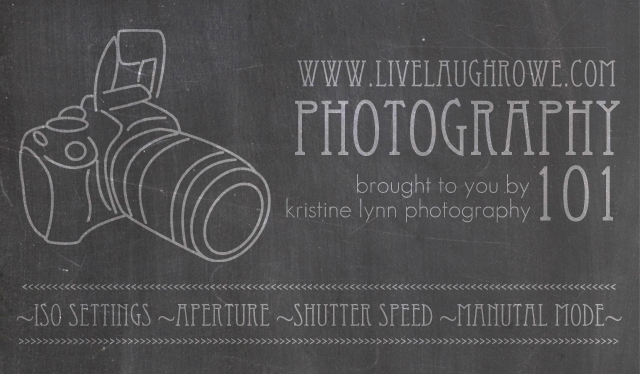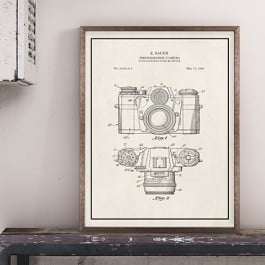I’m back again for the third edition of the Photography 101 Series! The last time we covered Aperture settings. Did you get a chance to practice with different Apertures? Ready to take on you Shutter Speed Settings?

Definition: The shutter is the device inside the camera that opens and closes to allow the incoming light to expose the film. It represents the time that the shutter remains open when taking a photograph.
When looking at your camera your shutter speed is written as a number or 1/(a number). This means that your shutter is open for 1/(whatever the #) of a second. When shooting people and especially children try not to go any slower than 1/125. This will help to prevent a blurry picture. Sometimes 1/125 is not fast enough and you still get some movement in your photo. If your shutter speed gets too slow such as 1/40 then “camera shake” may affect the sharpness of your photo. You shake your camera whether you mean to or not, which is why you want to keep your shutter speed as high as possible. The lower the bottom number the more light will come in because your shutter is open longer. The higher the bottom number means less light will be coming in because it is open for less time. If you are in a low lighting situation and you are taking a picture of something stationary, you can lower your shutter speed to 1/20; however, you’ll want to make sure you use a tripod. When using pretty long shutter speeds, usually it is to intentionally blur a moving subject for artistic effect. When using pretty short shutter speeds, your able to freeze fast-moving subjects, for example at sporting events. Short exposure times are sometimes called “fast”, and long exposure times “slow”.

Lower shutter speed = more light (blurry subject)
higher shutter speed = less light (sharper subject)
I’ll be honest in saying that shutter speed is probably the biggest challenge for me when shooting manual, but hey….no one said you have to master everything. Give it a shot and see what you think. By applying the information above, you will definitely see how a lower shutter speed differs from a higher shutter speed. …and of course, if you have questions – let me know. Have fun!
One more thing, be sure to swing by and enter the For the Love of Photography Giveaway. Kelly and I are giving away some cute camera themed items!!
You can also find me on Faceboook and Instagram.





Kelly Rowe says
Thanks so much for writing this series, Kristine 🙂 I need to put all of these into practice myself {hee-hee}. xo
Amanda says
Great tips Kelly! Thanks so much!
Randi - Dukes and Duchesses says
Great tips … thanks, Kelly! I pinned!